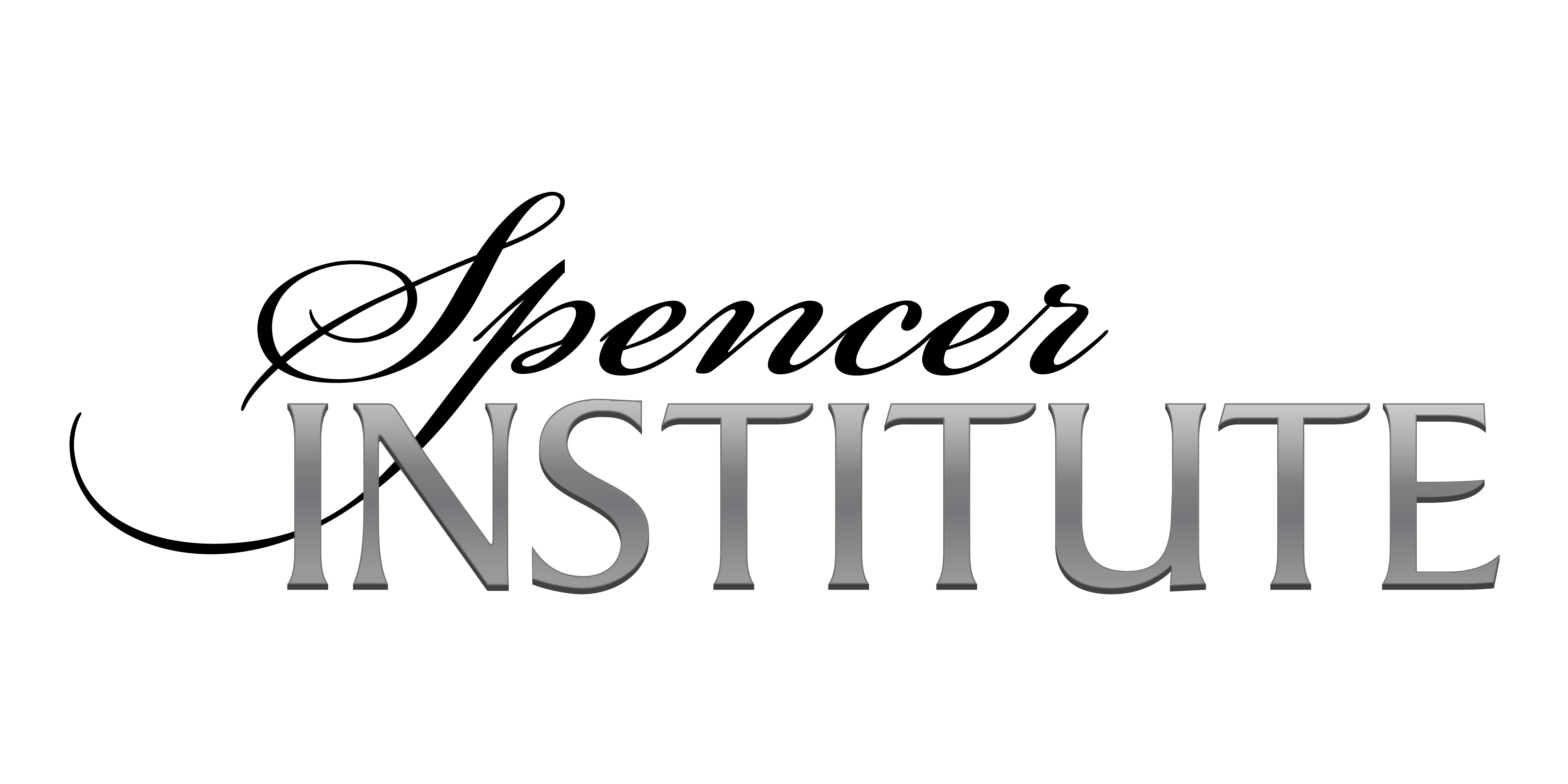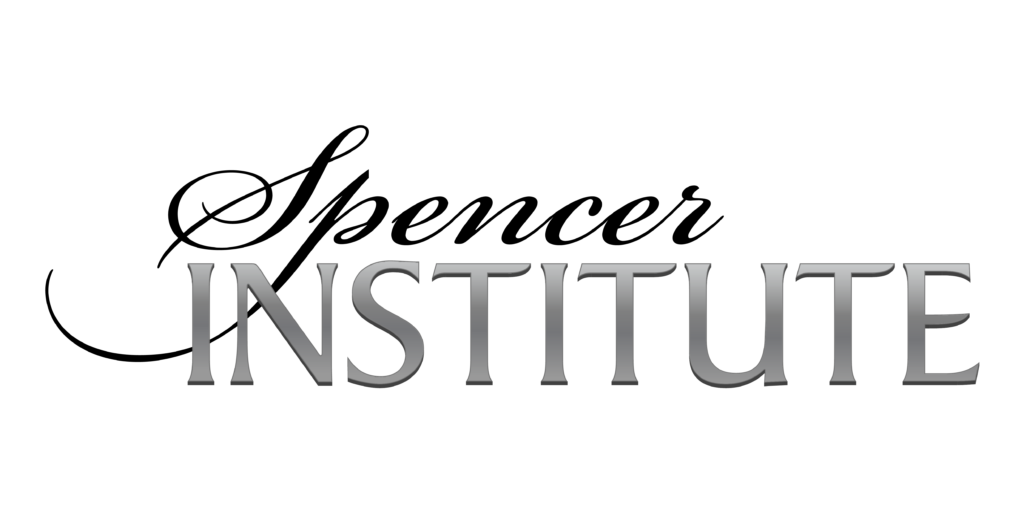
Bipolar Disorder: Unraveling the Complexities of a Mood Spectrum Disorder
Bipolar disorder, formerly known as manic-depressive illness, is a multifaceted and challenging mental health condition that profoundly impacts the lives of those affected. Characterized by intense mood fluctuations, individuals with bipolar disorder experience extreme emotional highs (mania or hypomania) and lows (depression), leading to disruptions in daily life, relationships, and overall well-being.
This comprehensive report uncovers the statistical prevalence of bipolar disorder, the diagnostic criteria according to the DSM-5, the different types of the disorder, the connection to psychosis and hallucinations, common comorbid mental illnesses, the link with alcohol abuse, and the crucial warning signs for friends, families, partners, and coworkers who may interact with individuals with this condition.
As a Certified Life Strategies Coach or Certified Results Coach, you may come across people who you think fit the criteria for this disorder. It’s important to understand the signs and refer them to the proper medical and mental health professionals for effective treatment.
Statistical Data on Bipolar Disorder Prevalence
Bipolar disorder is a significant global health concern affecting millions of people. According to the World Health Organization (WHO), approximately 46 million individuals worldwide live with bipolar disorder. The National Institute of Mental Health (NIMH) estimates that around 2.8% of adults in the United States have had a diagnosis of bipolar disorder at some point in their lives. However, these numbers may be an underestimate, as some individuals with bipolar disorder may not seek or receive proper diagnosis and treatment.
Diagnosis of Bipolar Disorder per DSM-5
The diagnosis of bipolar disorder follows the criteria outlined in the Diagnostic and Statistical Manual of Mental Disorders, 5th edition (DSM-5), published by the American Psychiatric Association. To receive a diagnosis of bipolar disorder, individuals must exhibit specific symptoms during distinct periods of mania and depression.
a) Criteria for Manic Episode:
- A distinct period of abnormally elevated or irritable mood and increased energy, lasting at least one week (or requiring hospitalization).
- During the period of mania, the person may experience grandiosity, decreased need for sleep, increased talkativeness, racing thoughts, impulsivity, and engagement in risky behaviors.
b) Criteria for Major Depressive Episode:
- A distinct period of intense sadness, hopelessness, or loss of interest or pleasure in activities, lasting for at least two weeks.
- Symptoms may include feelings of worthlessness, changes in appetite or weight, fatigue, difficulty concentrating, and recurrent thoughts of death or suicide.
Different Types of Bipolar Disorder
Bipolar disorder is not a one-size-fits-all condition and manifests in different forms:
a) Bipolar I Disorder: This type is characterized by the presence of at least one manic episode that may or may not be accompanied by depressive episodes. Individuals with Bipolar I Disorder may experience severe manic episodes that require hospitalization.
b) Bipolar II Disorder: In this type, individuals have recurrent depressive episodes and at least one hypomanic episode, which is a less severe form of mania than observed in Bipolar I.
c) Cyclothymic Disorder: Individuals with this type experience chronic mood disturbances with numerous periods of hypomania and depressive symptoms lasting for at least two years (one year in children and adolescents). However, the symptoms are not severe enough to meet the criteria for a major depressive episode or a manic episode.
Psychosis and Hallucinations in Bipolar Disorder
In severe cases, individuals with bipolar disorder may experience psychosis, a state where they lose touch with reality. Psychosis in bipolar disorder can manifest as hallucinations and delusions. Hallucinations are perceptual disturbances, and in the context of bipolar disorder, they are most commonly auditory (hearing voices).
Example: During a manic episode, Jane may experience auditory hallucinations, hearing voices that encourage her to engage in reckless behavior or grandiose delusions, where she believes she possesses extraordinary abilities or powers.
Common Comorbid Mental Illnesses with Bipolar Disorder
Bipolar disorder often coexists with other mental health conditions, referred to as comorbidities. The most common comorbid mental illnesses with bipolar disorder include:
a) Anxiety Disorders: Generalized anxiety disorder (GAD), social anxiety disorder, and panic disorder frequently accompany bipolar disorder. Anxiety symptoms may exacerbate during depressive or manic episodes.
b) Substance Use Disorders: Individuals with bipolar disorder are at an increased risk of developing substance use disorders, particularly alcohol and illicit drugs. Substance use may serve as a form of self-medication or a way to cope with mood swings.
c) Attention-Deficit/Hyperactivity Disorder (ADHD): There is an overlap between ADHD and bipolar disorder, and some individuals may receive both diagnoses. Managing symptoms of impulsivity and inattention can be challenging in individuals with both conditions.
d) Eating Disorders: Conditions such as bulimia nervosa or binge-eating disorder can coexist with bipolar disorder. The cyclical nature of mood swings may impact eating patterns and behaviors.
e) Borderline Personality Disorder (BPD): There is evidence of an overlap between BPD and bipolar disorder, leading to a complex diagnostic picture in some individuals. The emotional instability and impulsivity seen in BPD may resemble aspects of bipolar disorder.
Prevalence of Alcohol Abuse in Bipolar Disorder
The link between bipolar disorder and alcohol abuse is well-documented. Studies have shown that individuals with bipolar disorder are at a higher risk of developing alcohol use disorders compared to the general population. Alcohol use can exacerbate mood swings and may interfere with the efficacy of medication used to manage bipolar symptoms.
Example: Mike, diagnosed with bipolar II disorder, often turns to alcohol as a means of self-medication during depressive episodes, leading to increased alcohol consumption and dependency.
Warning Signs for Friends, Families, Partners, and Coworkers
Recognizing the warning signs of bipolar disorder is crucial for early intervention and support:
a) Extreme Mood Swings: Notice significant shifts between euphoric highs and deep lows in an individual’s mood. These mood swings may be rapid or may last for an extended period.
b) Impulsivity and Risky Behaviors: Be wary of reckless actions or decisions that may have severe consequences. During manic episodes, individuals may engage in impulsive behaviors without considering the potential consequences.
c) Changes in Sleep Patterns: Observe drastic alterations in sleep, such as insomnia during manic episodes or excessive sleep during depressive episodes. Sleep disturbances are common in bipolar disorder and can impact overall functioning.
d) Social Withdrawal or Isolation: Pay attention to signs of social withdrawal or isolation during depressive episodes. Individuals with bipolar disorder may struggle to engage in social activities during periods of low mood.
e) Substance Abuse: Be vigilant about signs of alcohol or drug abuse, as it may be a coping mechanism for managing mood swings. Substance use can exacerbate bipolar symptoms and interfere with treatment.
Bipolar disorder is a complex mood spectrum disorder with a significant global impact. Understanding its statistical prevalence, diagnostic criteria, different types, the role of psychosis and hallucinations, comorbid mental illnesses, and link with alcohol abuse is essential for effectively managing the condition and providing appropriate support.
Resources and Education
Recognizing the warning signs for friends, families, partners, and coworkers can facilitate early intervention and support for individuals with bipolar disorder, improving their overall quality of life and promoting successful management of this challenging condition. With awareness, compassion, and proper treatment, individuals with bipolar disorder can lead fulfilling lives, achieve their potential in both personal and professional spheres, and thrive despite the challenges they may face.
It’s important to understand the signs and refer them to the proper medical and mental health professionals for effective treatment. You will want to enroll in the Certified Life Strategies Coach or Certified Results Coach courses.
We also have more articles for you to check out. Here are a few:










